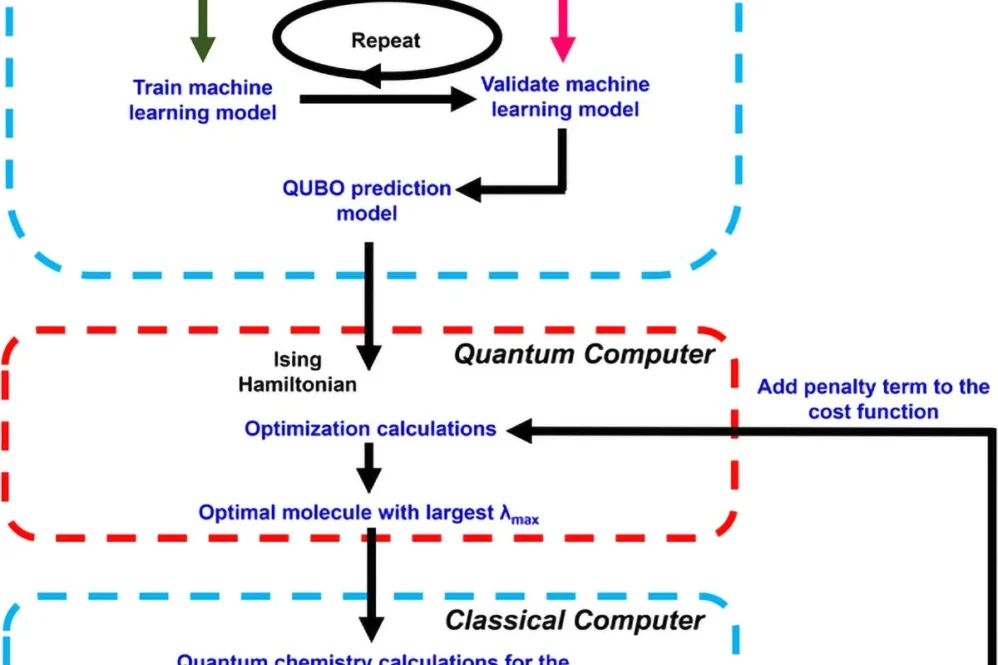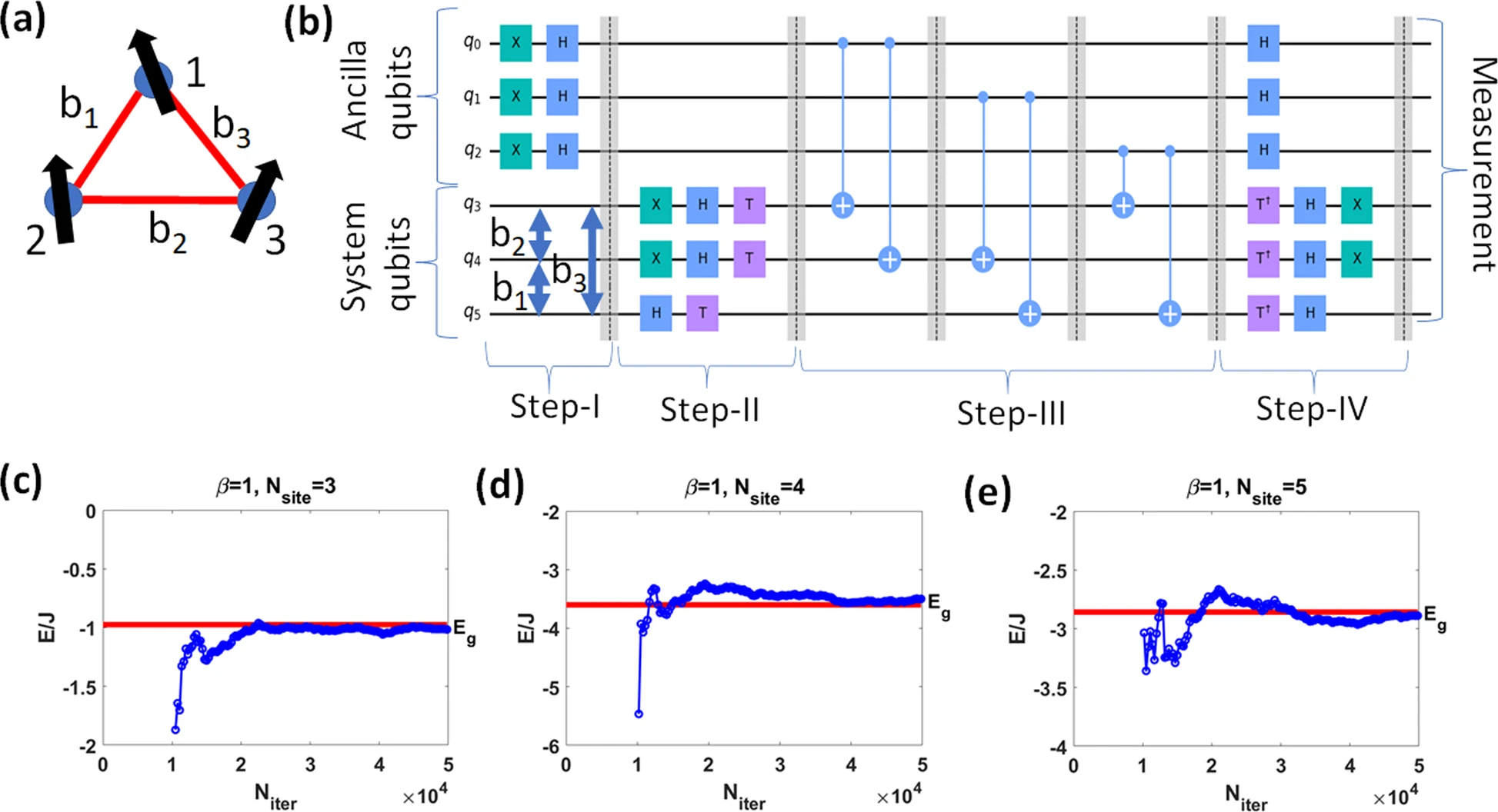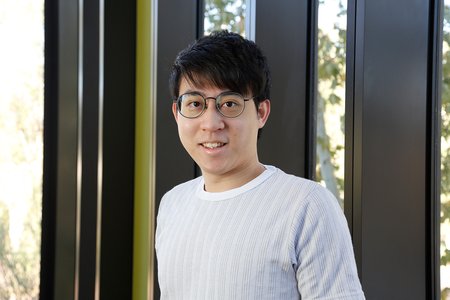A research team has developed a groundbreaking quantum-classical computing method for discovering photochromic materials, which are compounds that respond to light. The research, published in Intelligent Computing, builds upon their previous work and introduces a computational-basis variational quantum deflation approach.
The team demonstrated their method’s effectiveness through a photopharmacology case study, analyzing 4,096 diarylethene derivatives. They successfully identified five promising candidates with desirable properties: high oscillator strengths and large maximum absorbance wavelengths. These characteristics are essential for applications in photopharmacology, an emerging medical field that uses light-sensitive molecules for targeted drug delivery. Diarylethene derivatives are particularly valuable in this context due to their color-changing properties and temperature stability.
The discovery process combined several sophisticated approaches. Initially, the researchers generated molecular structures and performed quantum chemistry calculations on 384 diarylethene derivatives to determine their properties. This data was used to train a machine learning model, which then predicted properties for a larger set of 4,096 derivatives. The team employed a quantum computer to optimize these predictions using an Ising Hamiltonian mathematical model, identifying molecules with the most favorable absorbance wavelengths. Classical computers were then used to verify the properties of the top candidates through quantum chemistry calculations.
The quantum optimization phase involved a 12-qubit quantum calculation to simulate the ground state and four excited states of the Ising model. This process helped identify derivatives with the largest absorbance wavelengths, from highest to fourth-highest. Further quantum chemistry calculations analyzed molecular orbital contributions to absorbance, guiding the design of derivatives with both high oscillator strengths and large absorbance wavelengths.
When tested on a quantum simulator, the method showed excellent agreement with exact eigensolver results. Notably, the method maintained comparable accuracy even on real quantum devices, thanks to advanced error suppression and mitigation techniques.
The integration of quantum chemistry calculations with machine learning has shown great promise in accelerating material discovery. While this hybrid approach is more efficient than traditional methods in terms of time and resources, it faces certain challenges. These include limitations in training dataset size and quality, as well as difficulties in exploring large chemical spaces using discrete optimization techniques. The team’s new quantum-classical method successfully addresses these challenges and shows potential for discovering other useful materials in the future.
In summary, this research represents a significant advancement in the field of material discovery, combining quantum computing, classical computing, and machine learning to efficiently identify promising photochromic materials for medical applications. The success of this approach suggests it could be adapted for discovering other types of materials, potentially accelerating scientific progress across multiple fields.
Reference: “A Quantum-Classical Method Applied to Material Design: Photochromic Materials Optimization for Photopharmacology Applications” by Qi Gao, Michihiko Sugawara, Paul D. Nation, Takao Kobayashi, Yu-ya Ohnishi, Hiroyuki Tezuka and Naoki Yamamoto, 20 December 2024, Intelligent Computing. DOI: 10.34133/icomputing.0108



